Home>Technology>Security & Surveillance>Which Tool Is Designed To Pull A Lock Cylinder Out Of A Door?
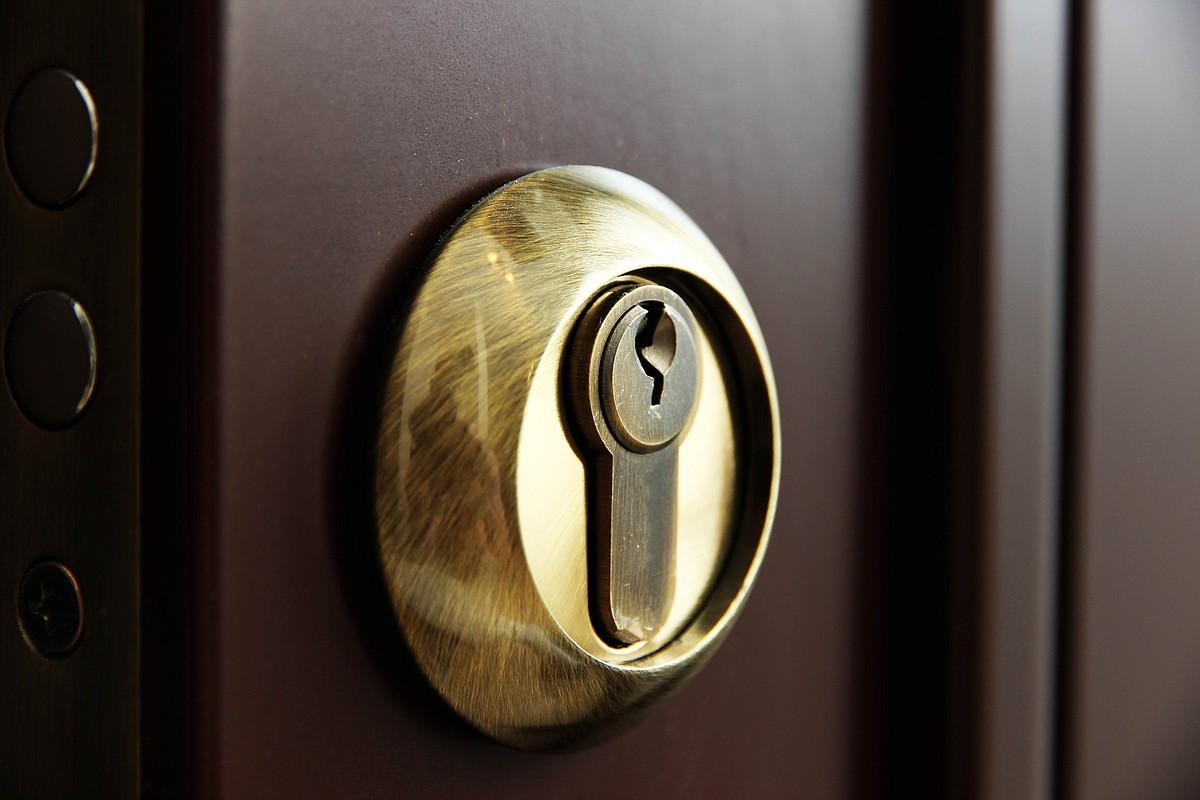

Security & Surveillance
Which Tool Is Designed To Pull A Lock Cylinder Out Of A Door?
Published: December 27, 2023
Discover the best security and surveillance tool for removing lock cylinders from doors. Find the right solution for your needs.
(Many of the links in this article redirect to a specific reviewed product. Your purchase of these products through affiliate links helps to generate commission for Storables.com, at no extra cost. Learn more)
Introduction
Read more: How To Remove A Door Lock Cylinder
Introduction
When you encounter a stubborn lock cylinder that needs to be replaced or repaired, having the right tools at your disposal can make all the difference. One such tool designed for this specific task is the lock cylinder pulling tool. This specialized instrument is crafted to effectively extract lock cylinders from doors, allowing for swift and seamless maintenance or replacement procedures.
Whether you are a professional locksmith, a security technician, or a DIY enthusiast, understanding the nuances of lock cylinder pulling tools and how to utilize them is crucial for efficiently managing security and surveillance systems. In this comprehensive guide, we will delve into the various types of lock cylinder pulling tools, the essential steps for their proper usage, and the safety precautions that should be observed to ensure a smooth and secure operation. By the end of this article, you will have a thorough understanding of these indispensable tools and their role in the realm of security and surveillance.
Key Takeaways:
- Different types of lock cylinder pulling tools, like the slide hammer and twist tool, are essential for safely and efficiently removing stubborn lock cylinders from doors, ensuring smooth maintenance or replacement.
- Using a lock cylinder pulling tool requires careful assessment, proper tool selection, and adherence to safety precautions to prevent accidents and ensure successful extraction, contributing to the reliability of security systems.
Types of Lock Cylinder Pulling Tools
Lock cylinder pulling tools come in a variety of designs, each tailored to address specific types of lock cylinders and installation configurations. Understanding the distinctions between these tools is fundamental in selecting the most suitable option for a particular task. Here are the primary types of lock cylinder pulling tools:
- Slide Hammer Puller: This type of pulling tool incorporates a slide hammer mechanism, which exerts force to dislodge the lock cylinder from the door. It typically features a T-handle for a secure grip and a durable, threaded shaft that accommodates various attachments for different types of lock cylinders.
- Twist Tool Puller: The twist tool pulling mechanism involves rotating the tool within the lock cylinder to disengage it from the door. This type of tool is adept at handling cylinders with minimal space around the keyway, making it a valuable asset for intricate lock systems.
- Scissor Clamp Puller: The scissor clamp pulling tool employs a scissor-like mechanism to securely grasp the lock cylinder, facilitating its extraction with precision. This type of tool is favored for its ability to provide a stable grip on the cylinder, especially in scenarios where other tools may struggle to maintain a firm hold.
- Vacuum Pump Puller: Utilizing the power of suction, the vacuum pump pulling tool creates a vacuum seal around the lock cylinder, allowing for effortless removal. This tool is particularly effective for cylinders situated in tight spaces or recessed door panels, where traditional pulling methods may prove challenging.
Each type of lock cylinder pulling tool offers distinct advantages, catering to a spectrum of lock cylinder configurations and installation environments. By familiarizing yourself with these variations, you can streamline the selection process and ensure that the chosen tool aligns with the specific requirements of the task at hand.
How to Use a Lock Cylinder Pulling Tool
Mastering the proper utilization of a lock cylinder pulling tool is essential for executing smooth and efficient lock maintenance or replacement procedures. While the specific steps may vary based on the type of pulling tool and the unique characteristics of the lock cylinder, the following general guidelines offer a foundational understanding of the process:
- Assess the Lock Cylinder: Before commencing the extraction process, carefully examine the lock cylinder to identify any obstructions, damage, or irregularities that may impact the extraction. This initial assessment will inform the approach and technique required for successful removal.
- Select the Appropriate Tool: Choose the lock cylinder pulling tool that aligns with the design of the lock cylinder and the surrounding door structure. Consider factors such as space constraints, cylinder material, and the presence of any protective features that may necessitate a specific type of pulling tool.
- Prepare the Work Area: Clear the vicinity of the door to ensure unobstructed access for the extraction process. Create a stable and well-lit workspace that facilitates precision and minimizes the risk of accidental damage to the door or surrounding components.
- Position the Pulling Tool: Securely affix the pulling tool to the lock cylinder, ensuring a firm and stable connection. Follow the manufacturer’s instructions for the specific tool to optimize its positioning and maximize the extraction force.
- Apply Tension or Force: Depending on the type of pulling tool, apply the designated tension, rotational force, or suction to initiate the extraction process. Exercise caution and attentiveness to maintain control over the tool and the lock cylinder throughout this phase.
- Monitor the Extraction: As the pulling tool exerts pressure or suction, monitor the response of the lock cylinder and adjust the application of force as needed. Maintain a steady and controlled approach to facilitate the gradual dislodging of the cylinder from the door.
- Verify Successful Extraction: Once the lock cylinder is freed from the door, carefully inspect it for any signs of damage or deformation. Confirm that the extraction process has been executed without compromising the integrity of the cylinder or the surrounding components.
By adhering to these fundamental steps and considering the specific nuances of the chosen pulling tool, you can navigate the process of using a lock cylinder pulling tool with confidence and precision. As with any security and surveillance operation, meticulous attention to detail and a methodical approach are paramount in achieving optimal results.
A lock cylinder puller tool is designed to remove a lock cylinder from a door. It typically has a hook or claw-like mechanism to grip and pull the cylinder out without damaging the door.
Safety Precautions When Using a Lock Cylinder Pulling Tool
Prioritizing safety during the utilization of a lock cylinder pulling tool is imperative to mitigate potential hazards and ensure a secure and controlled extraction process. By observing the following safety precautions, you can safeguard both yourself and the surrounding environment from avoidable risks:
- Protective Gear: Equip yourself with appropriate personal protective equipment, including safety goggles, gloves, and, if applicable, a dust mask. These measures serve as a vital defense against potential eye injuries, hand lacerations, and inhalation of debris or particulates during the extraction procedure.
- Stable Work Surface: Conduct the extraction process on a stable and level work surface to minimize the risk of accidental slips, trips, or instability. Ensure that the door and surrounding area are free from clutter and potential tripping hazards that could compromise your balance or impede the extraction process.
- Tool Inspection: Thoroughly inspect the lock cylinder pulling tool prior to use, verifying its structural integrity, functionality, and compatibility with the specific type of lock cylinder. Any signs of wear, damage, or malfunction should prompt immediate remedial action or replacement to avert potential accidents or equipment failure during the extraction.
- Controlled Force Application: Exercise restraint and attentiveness when applying force or tension with the pulling tool. Avoid excessive or abrupt movements that may lead to loss of control over the tool, resulting in unintended damage to the door, the lock cylinder, or surrounding fixtures.
- Awareness of Surroundings: Maintain awareness of your surroundings and the presence of bystanders or collaborators during the extraction process. Clear communication and coordination with others in the vicinity can prevent accidental collisions, entanglements, or disruptions that may compromise the safety and efficacy of the operation.
- Secure Lock Cylinder Disposal: Upon successful extraction, handle the removed lock cylinder with care and attention to prevent accidental injury from sharp edges or protrusions. Properly store or dispose of the cylinder in a secure manner to prevent potential injuries or mishaps resulting from mishandling or improper storage.
- Adherence to Manufacturer Guidelines: Follow the manufacturer’s instructions and recommendations for the specific lock cylinder pulling tool being utilized. Adhering to prescribed usage guidelines, maintenance protocols, and safety precautions outlined by the manufacturer is essential for optimizing the safety and performance of the tool.
By integrating these safety precautions into your approach to using a lock cylinder pulling tool, you can foster a secure and controlled operational environment while minimizing the likelihood of accidents, injuries, or equipment malfunctions. Prioritizing safety not only preserves the integrity of the extraction process but also promotes a professional and conscientious approach to security and surveillance maintenance tasks.
Read more: How To Replace A Cylinder Lock On Door
Conclusion
As we conclude our exploration of lock cylinder pulling tools, it becomes evident that these specialized instruments play a pivotal role in the realm of security and surveillance maintenance. From the versatile slide hammer puller to the precision of the twist tool puller, each type of pulling tool offers a unique set of capabilities tailored to diverse lock cylinder configurations and installation scenarios. By understanding the nuances of these tools and their respective applications, security professionals, locksmiths, and DIY enthusiasts can effectively address the challenges posed by malfunctioning or damaged lock cylinders.
Mastering the proper usage of a lock cylinder pulling tool involves a methodical approach, from assessing the lock cylinder and selecting the appropriate tool to executing the extraction process with precision and care. By adhering to safety precautions and manufacturer guidelines, practitioners can navigate the extraction process with confidence and attentiveness, safeguarding themselves and the surrounding environment from potential hazards.
Ultimately, the efficacy of a lock cylinder pulling tool lies not only in its mechanical prowess but also in the adeptness and conscientiousness of the individual wielding it. As security and surveillance systems continue to evolve, the role of these specialized tools remains indispensable, ensuring the seamless maintenance and replacement of lock cylinders across a spectrum of residential, commercial, and institutional settings.
With a comprehensive understanding of the types, usage, and safety considerations associated with lock cylinder pulling tools, practitioners can elevate their proficiency in managing security and surveillance systems, contributing to the resilience and reliability of these essential components of modern-day security infrastructure.
Armed with this knowledge, professionals and enthusiasts alike are empowered to navigate the intricacies of lock cylinder maintenance and replacement with confidence, efficiency, and a steadfast commitment to safety and precision.
Frequently Asked Questions about Which Tool Is Designed To Pull A Lock Cylinder Out Of A Door?
Was this page helpful?
At Storables.com, we guarantee accurate and reliable information. Our content, validated by Expert Board Contributors, is crafted following stringent Editorial Policies. We're committed to providing you with well-researched, expert-backed insights for all your informational needs.
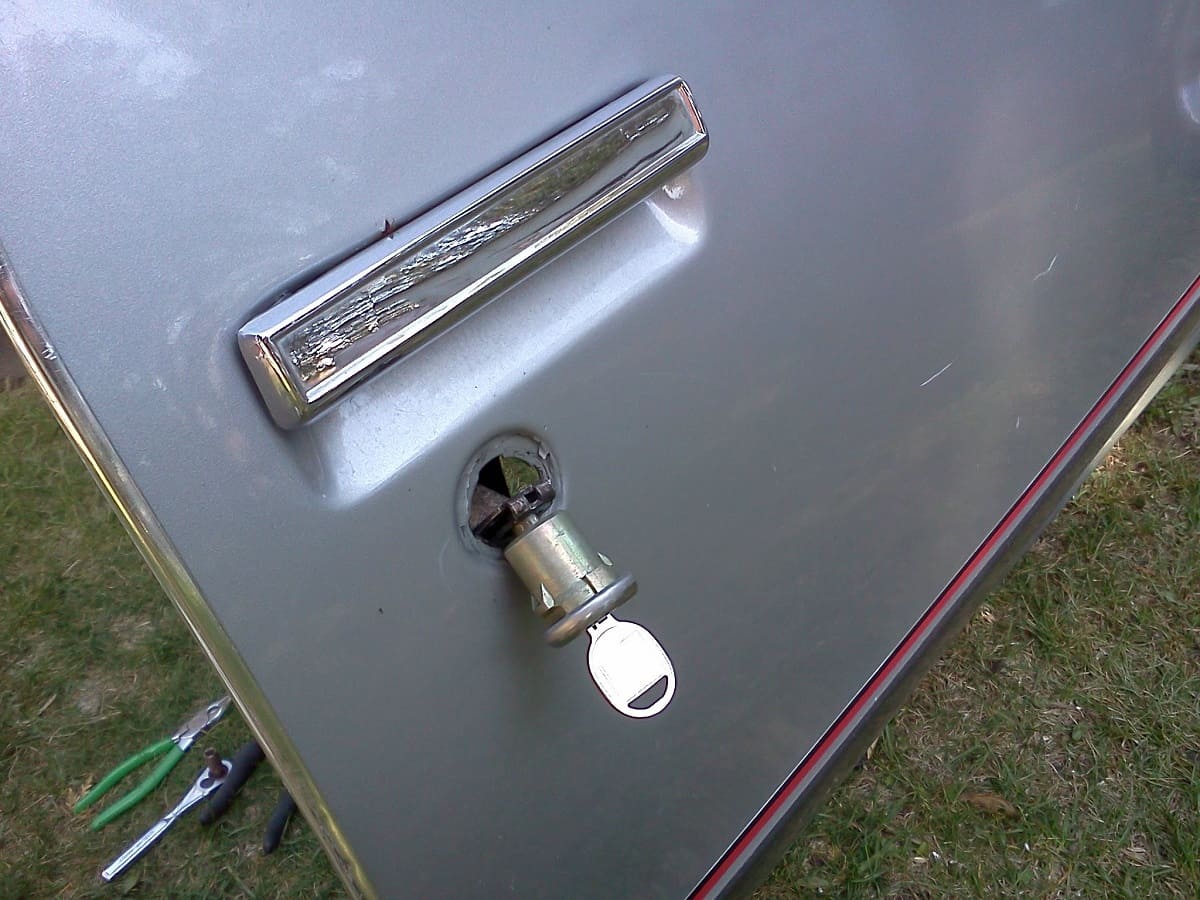
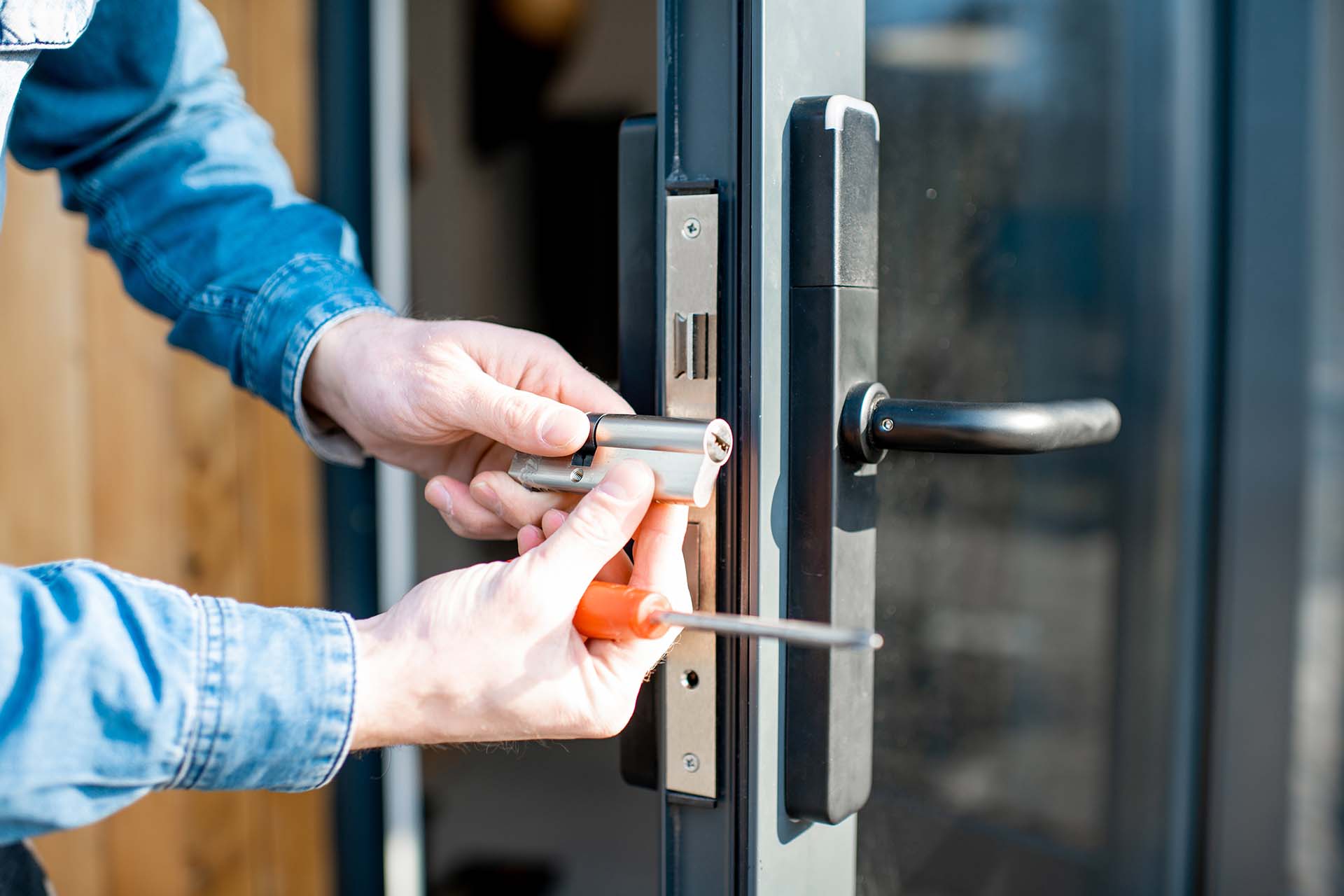
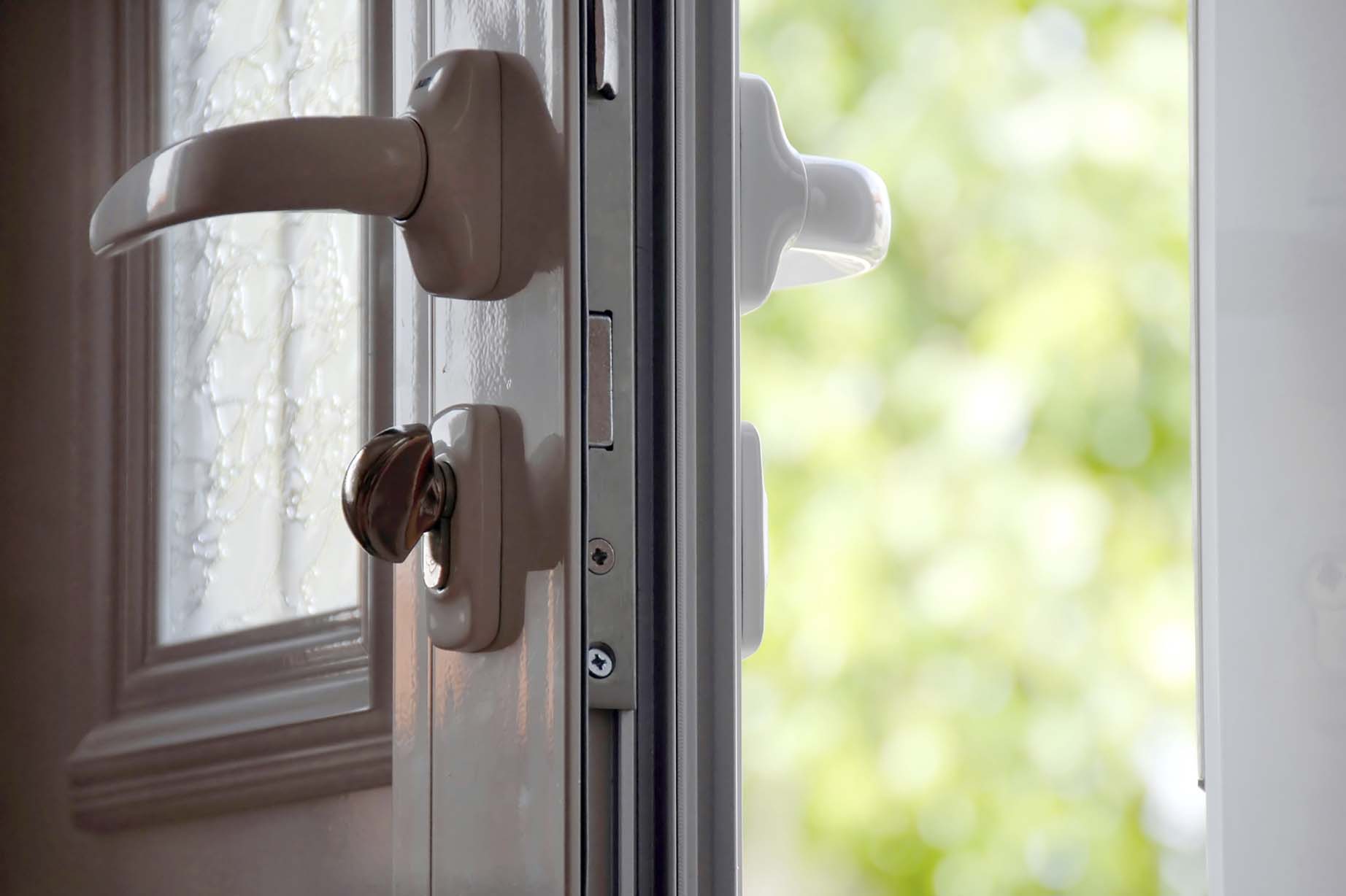
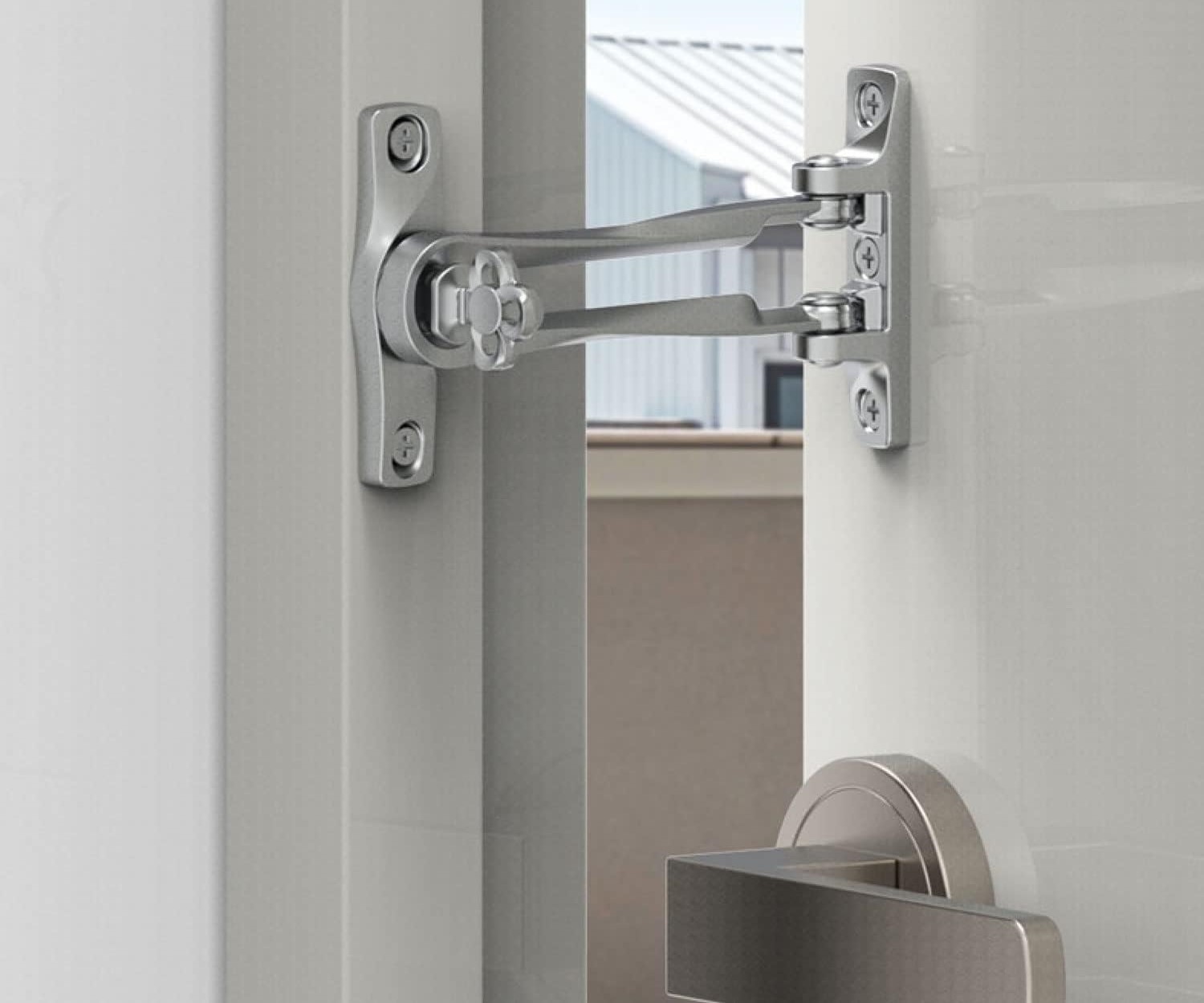

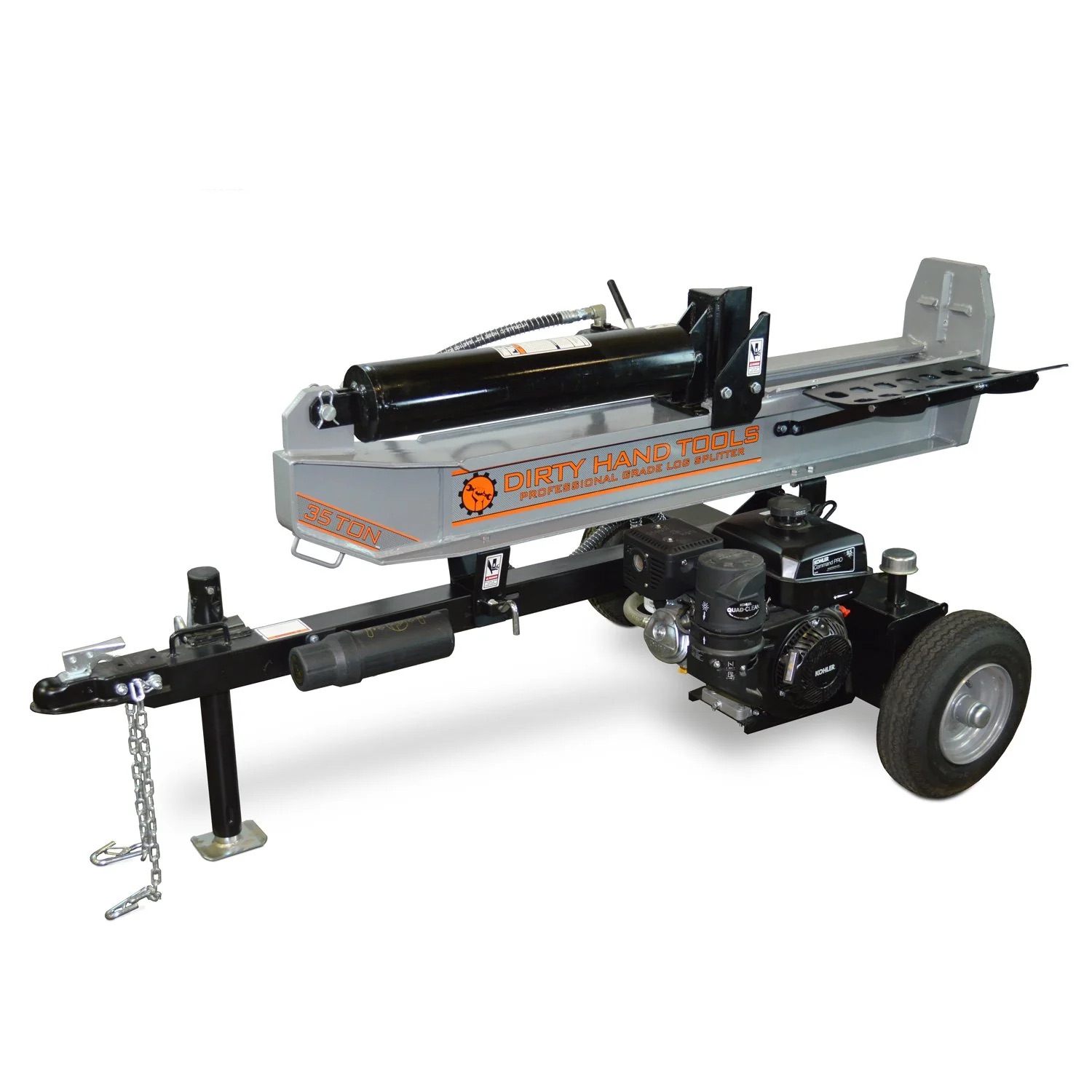
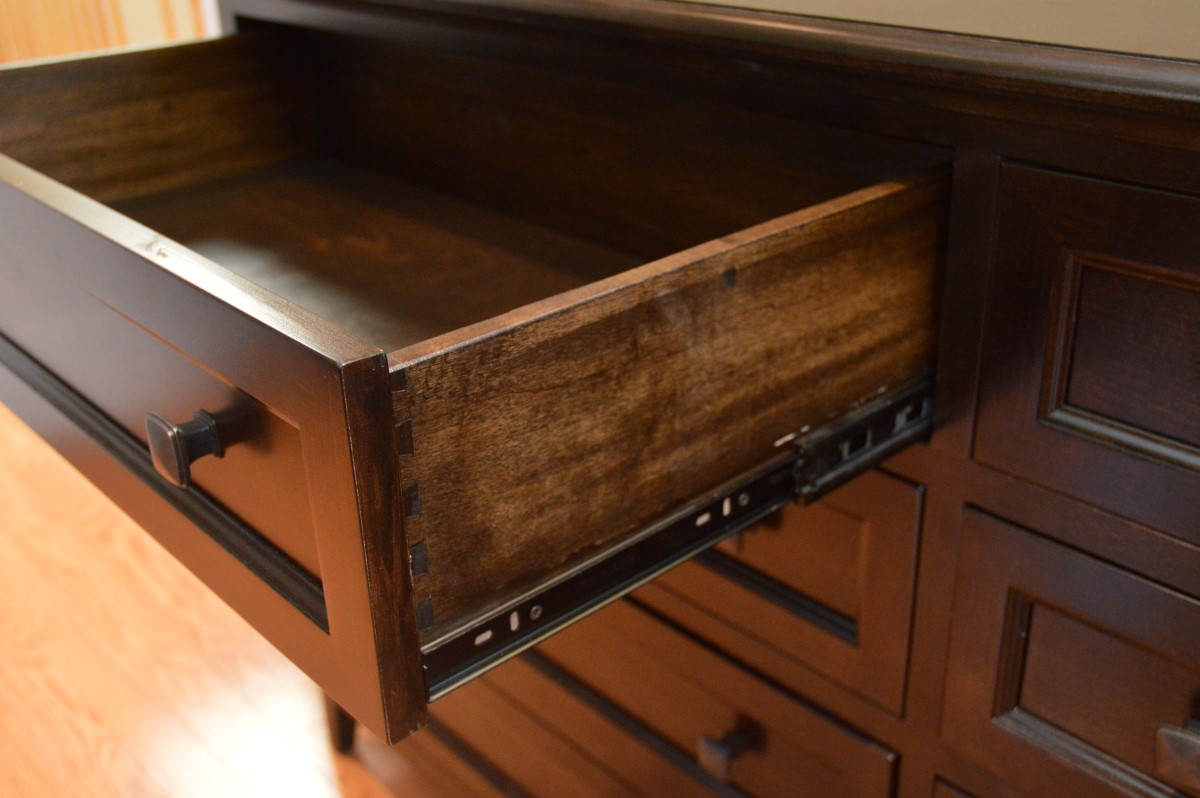
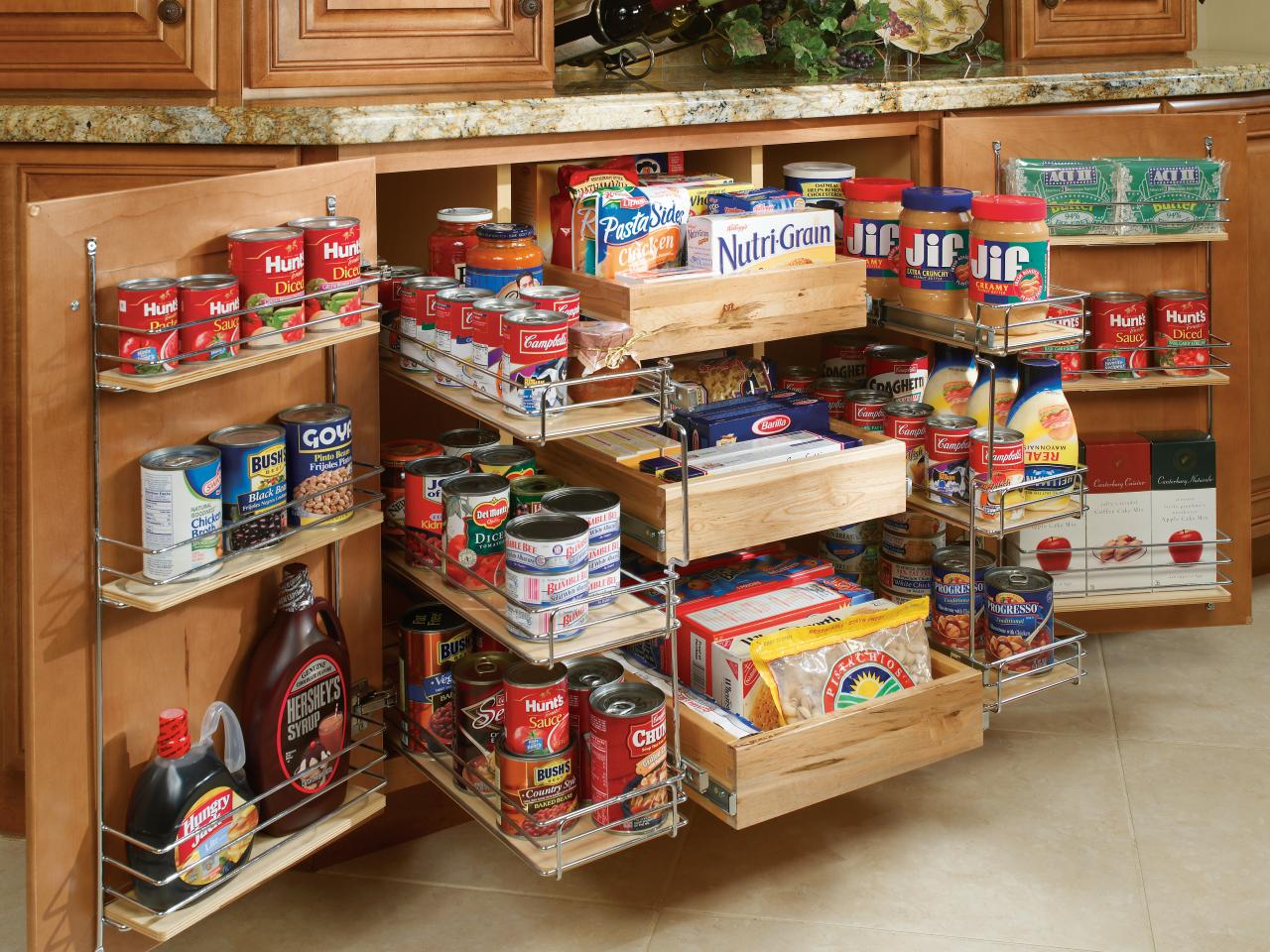
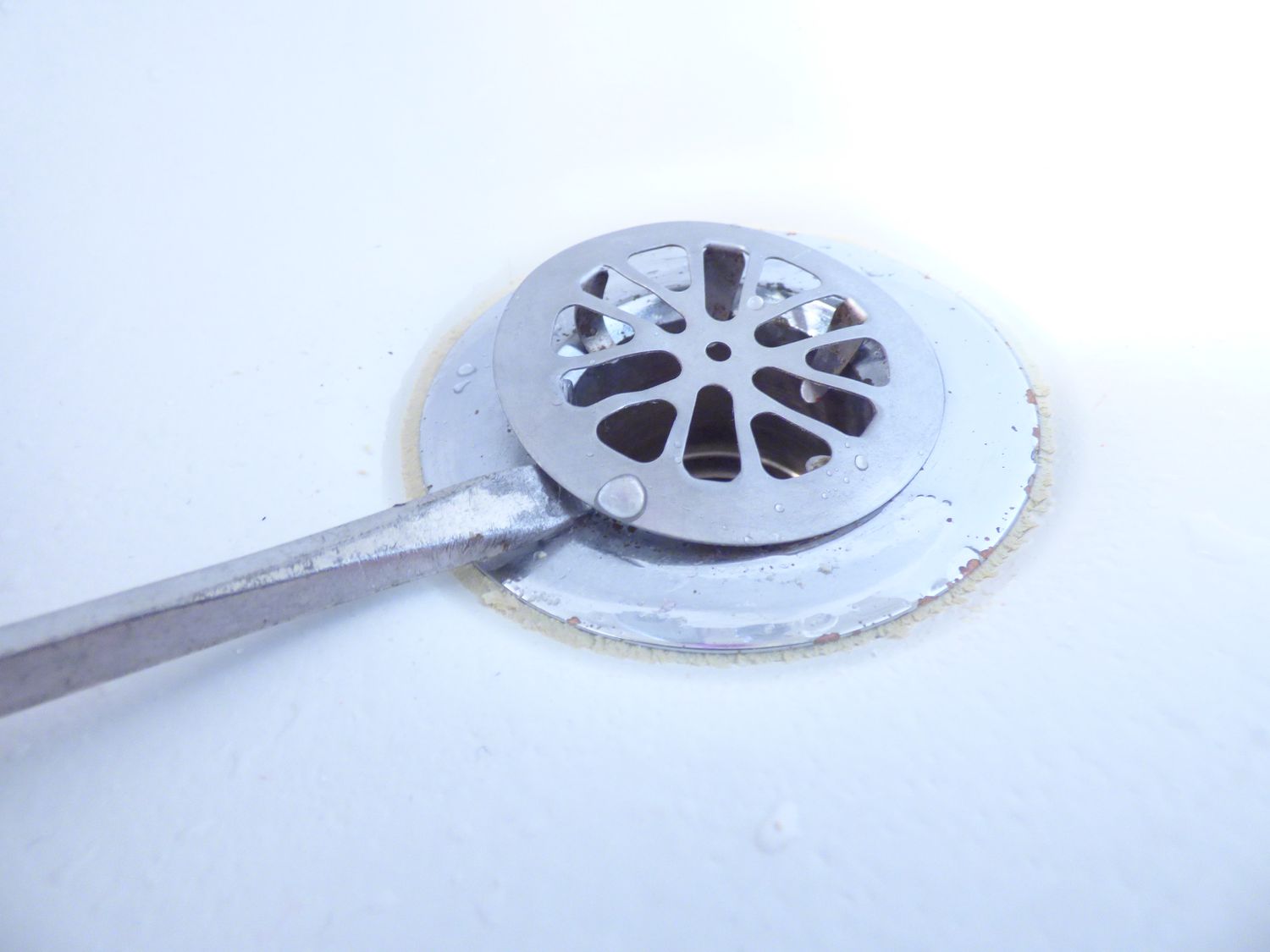
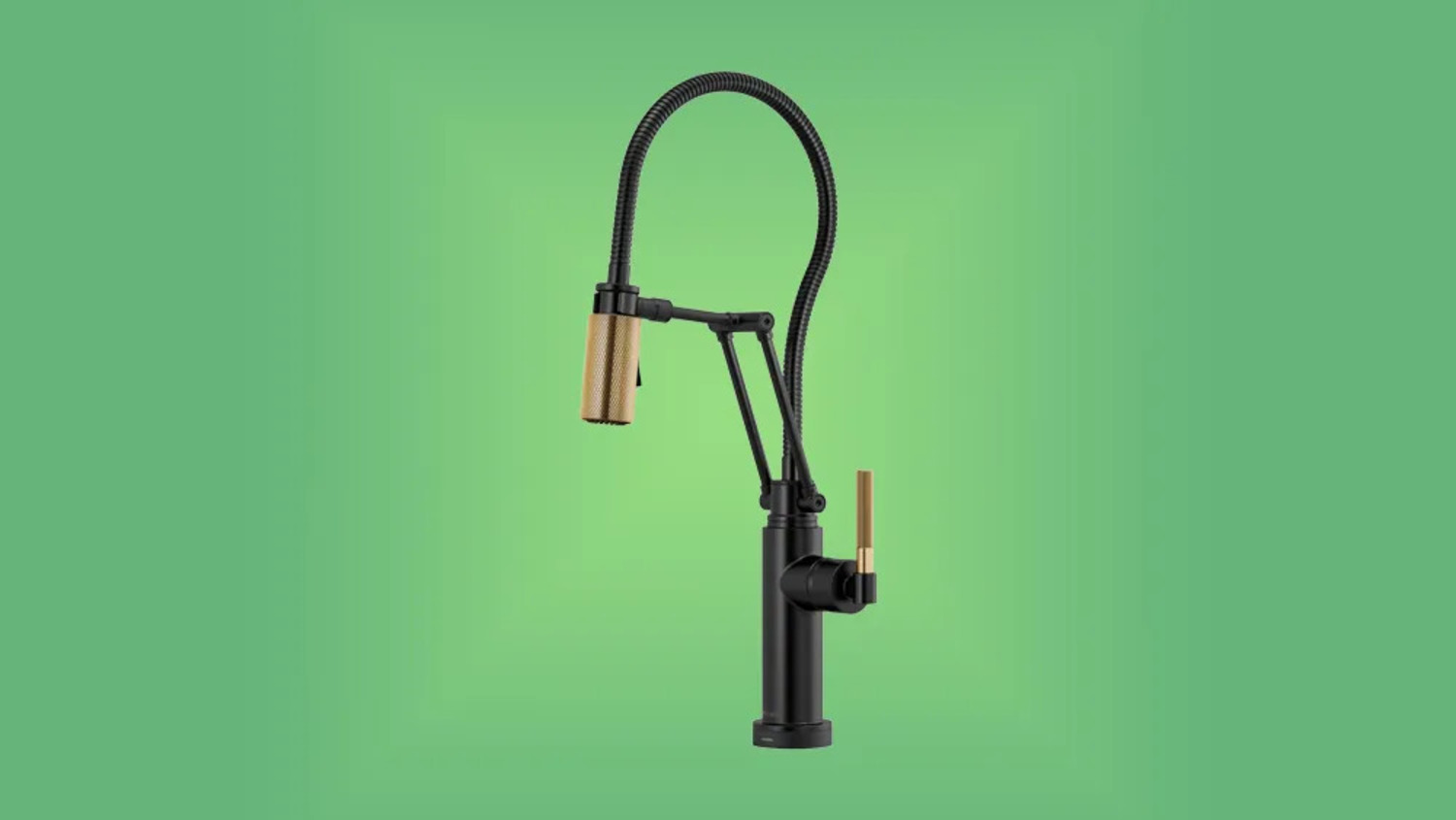
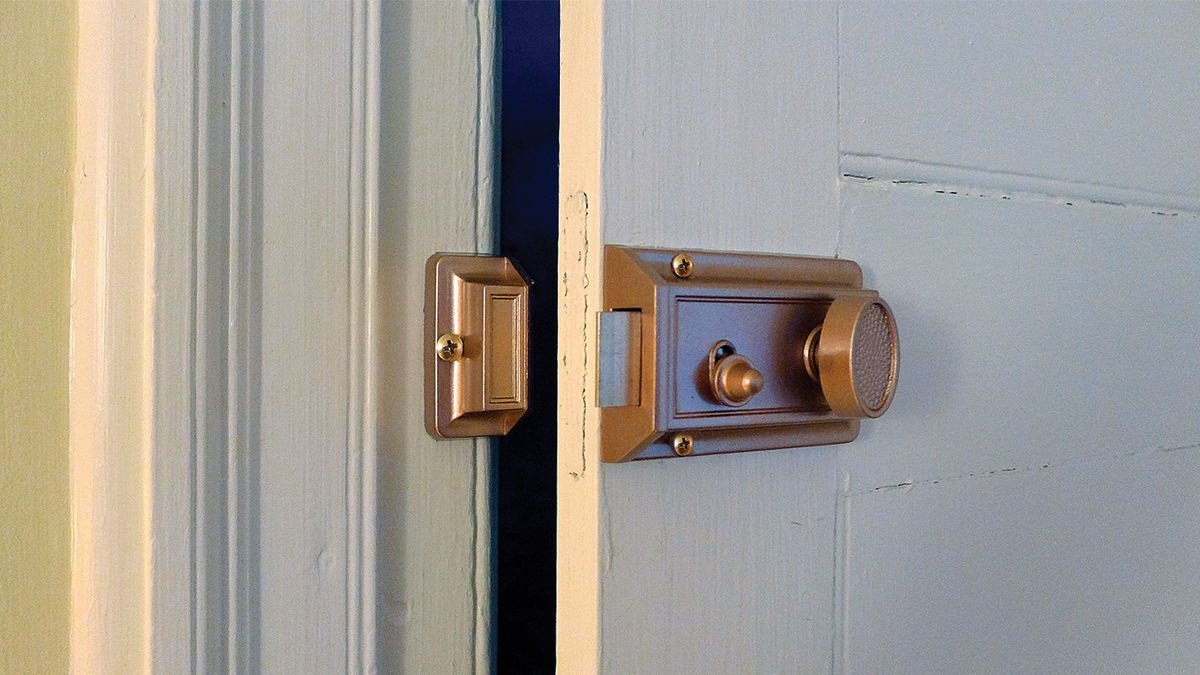
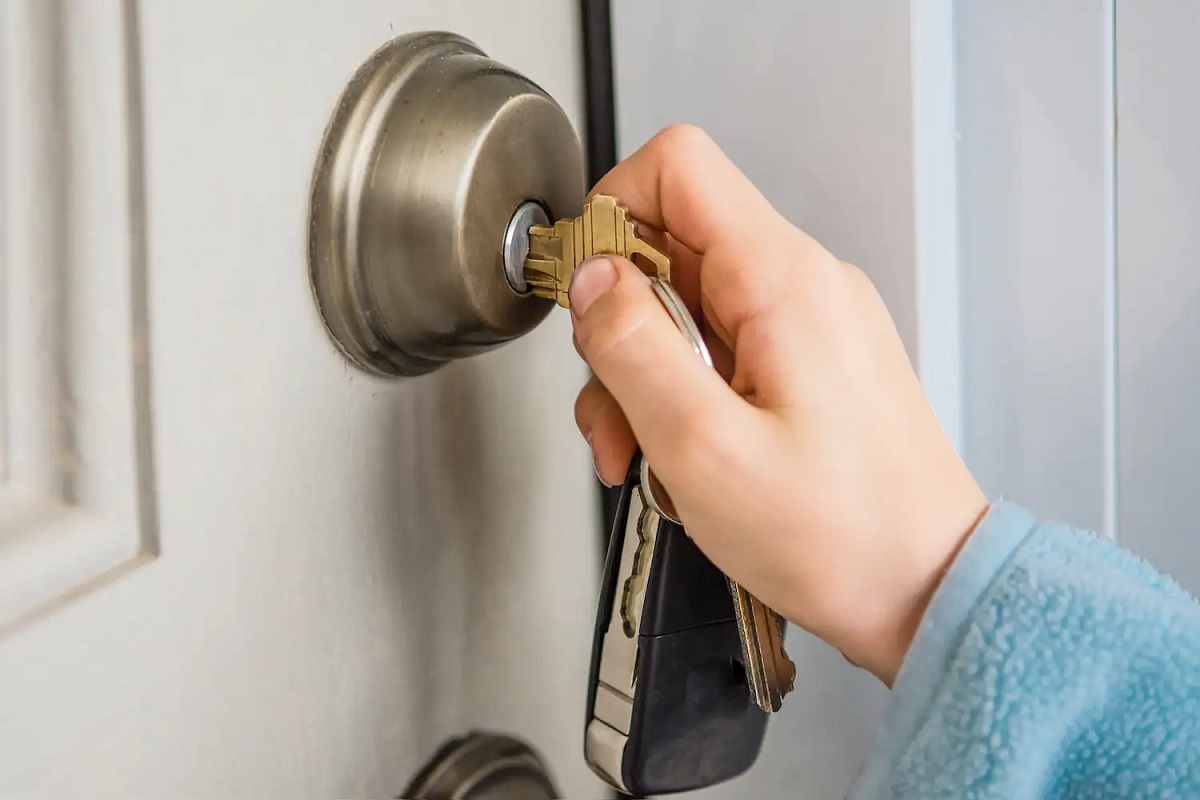
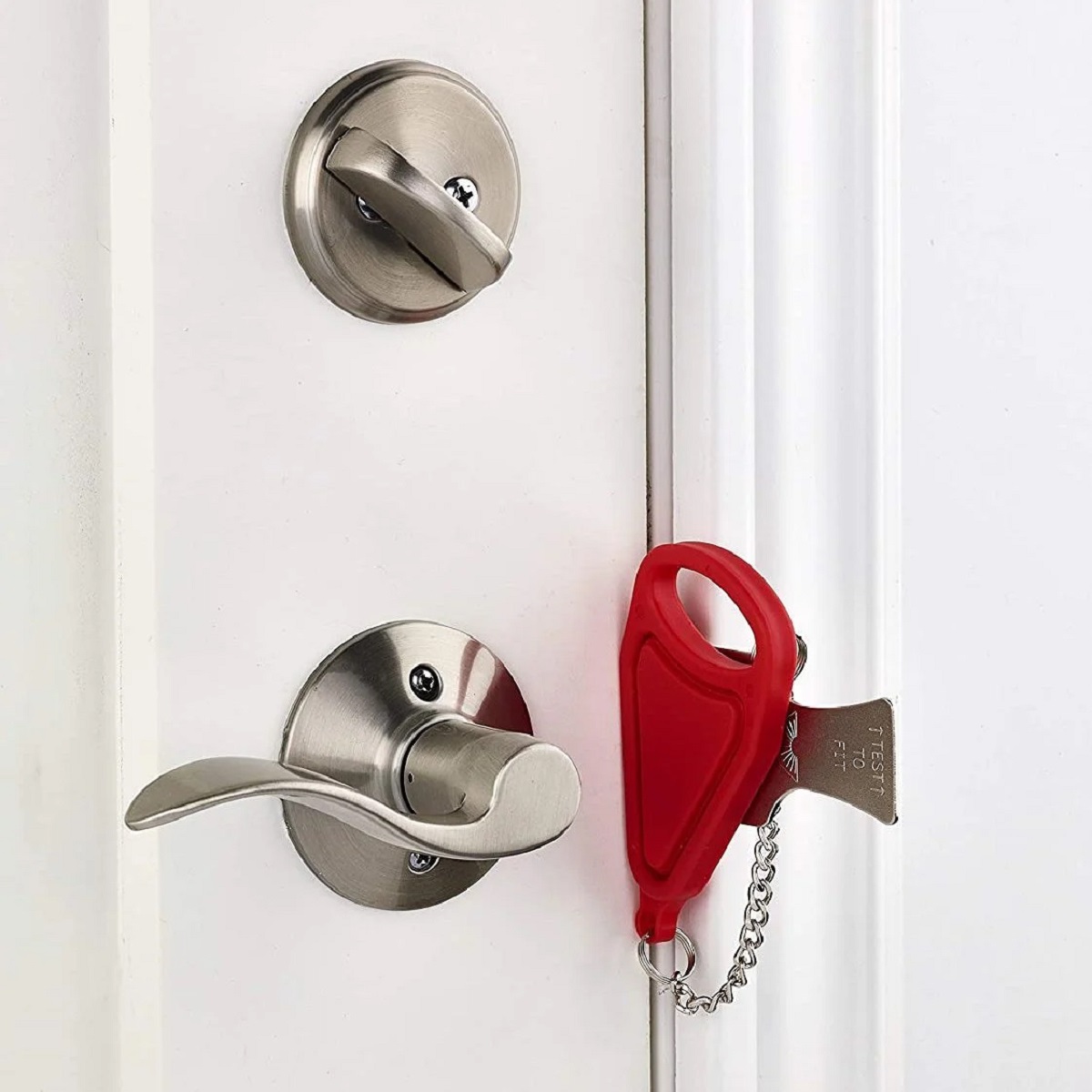
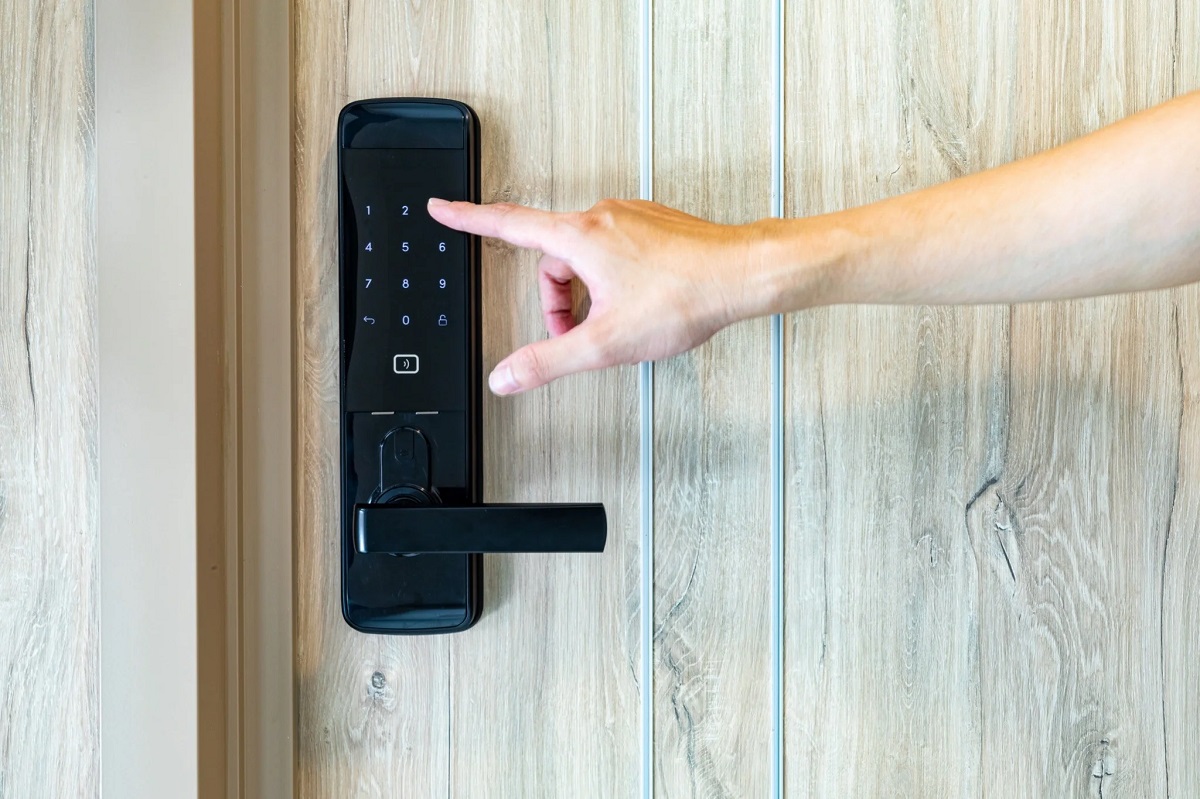

0 thoughts on “Which Tool Is Designed To Pull A Lock Cylinder Out Of A Door?”